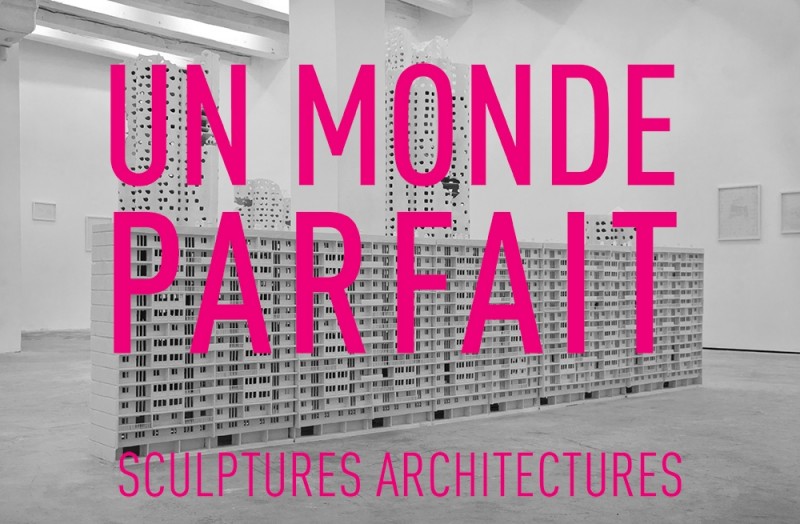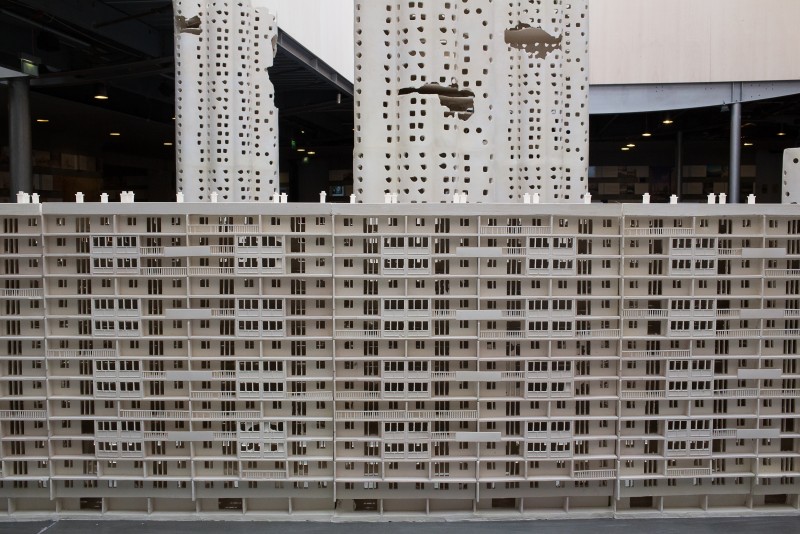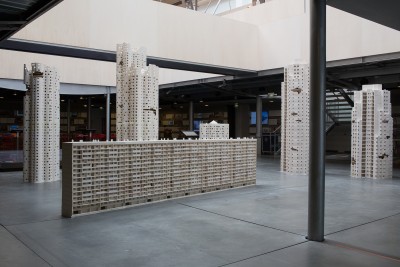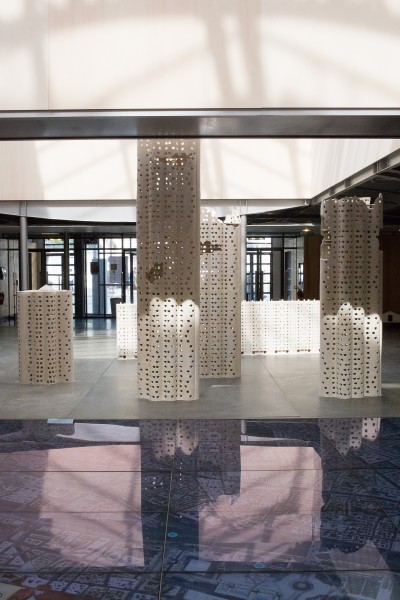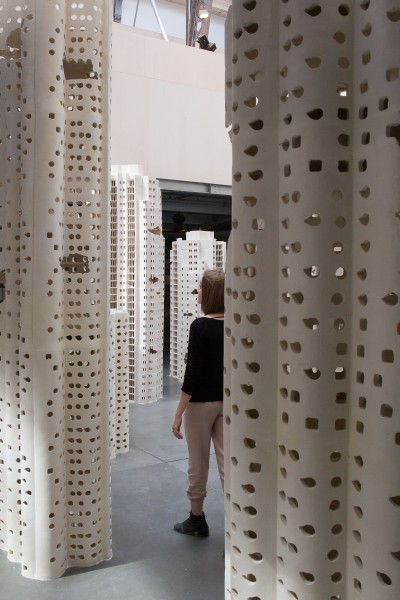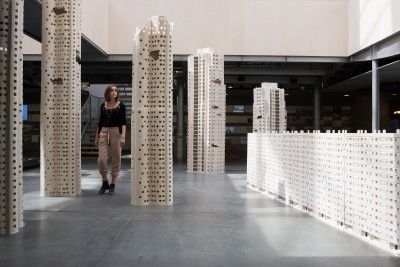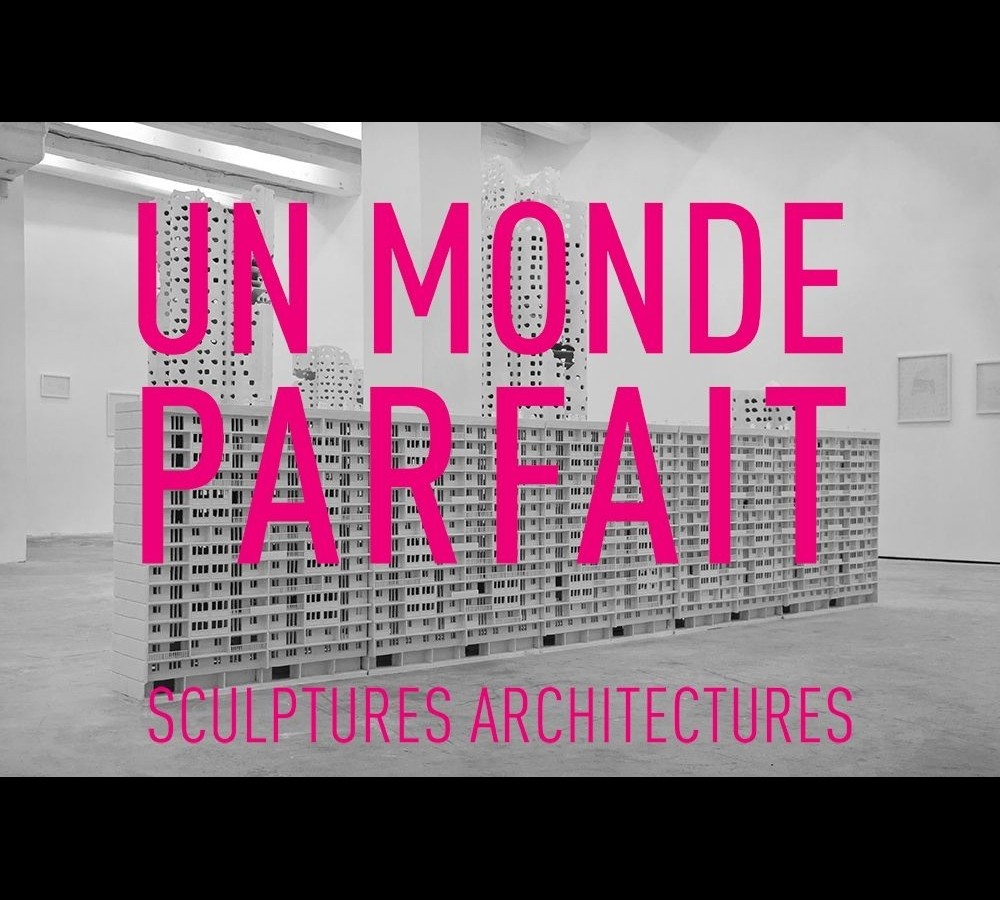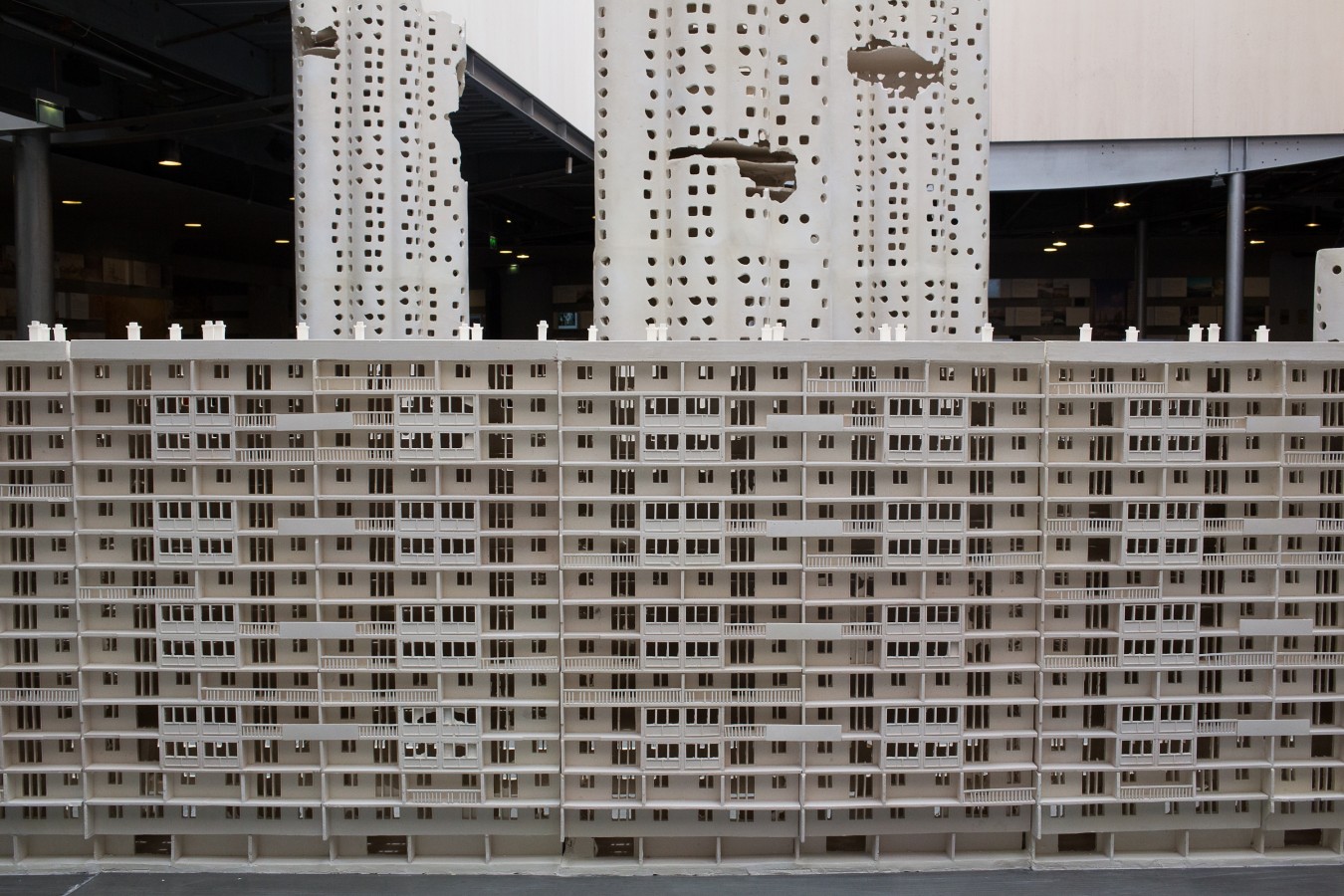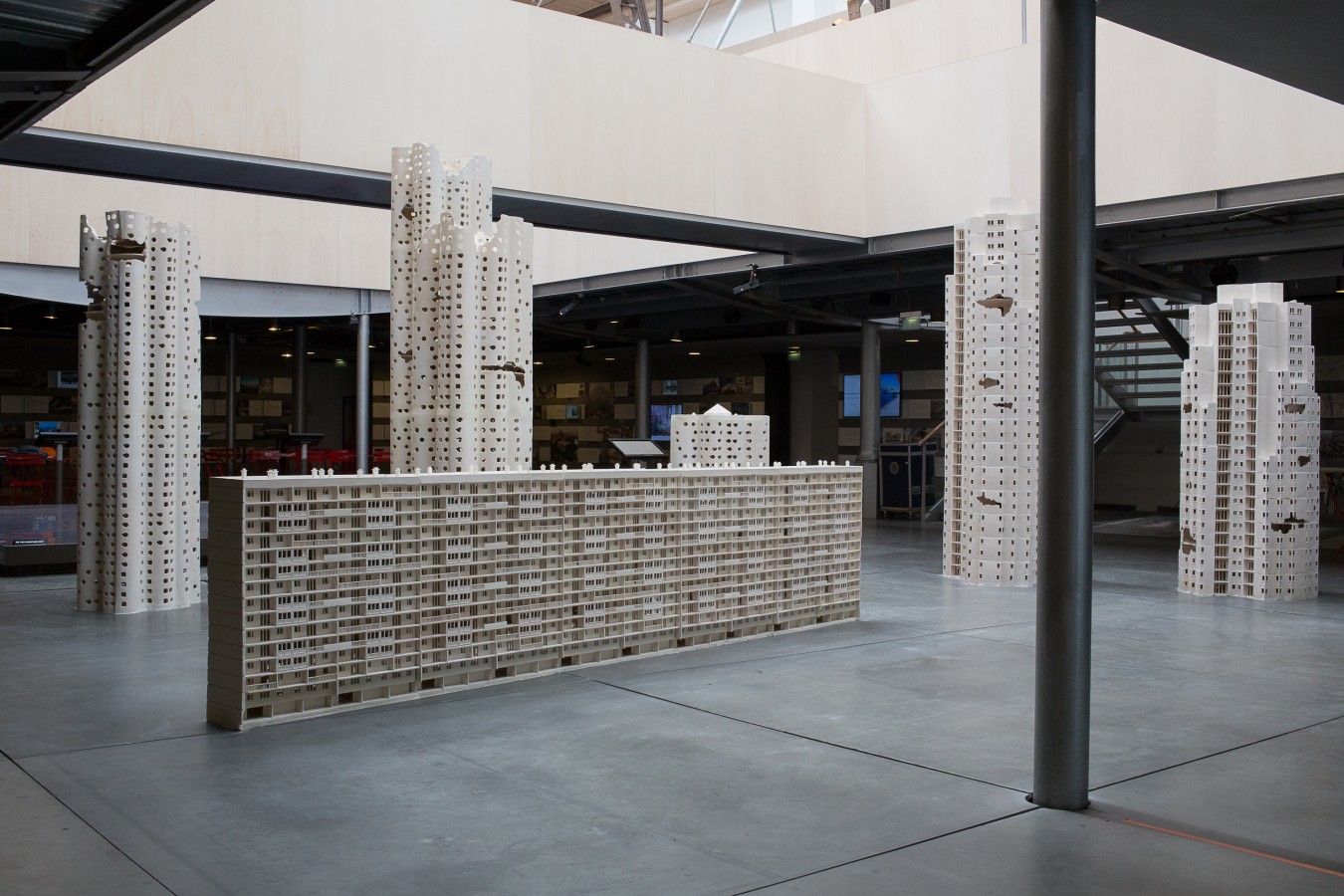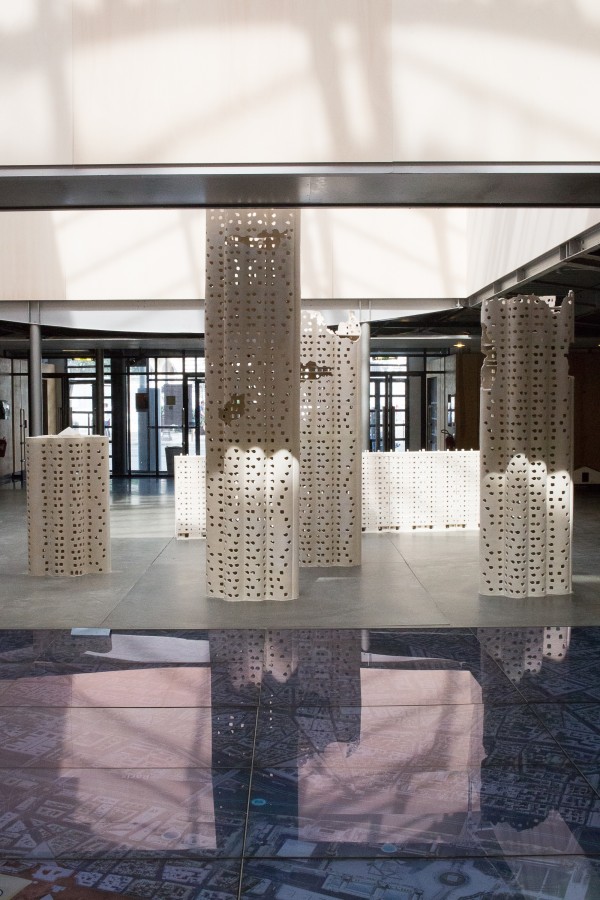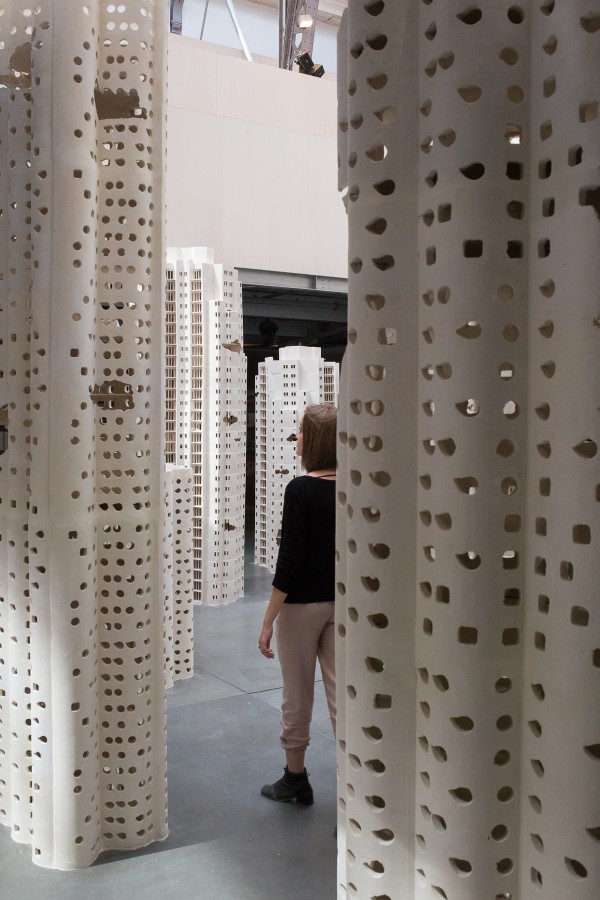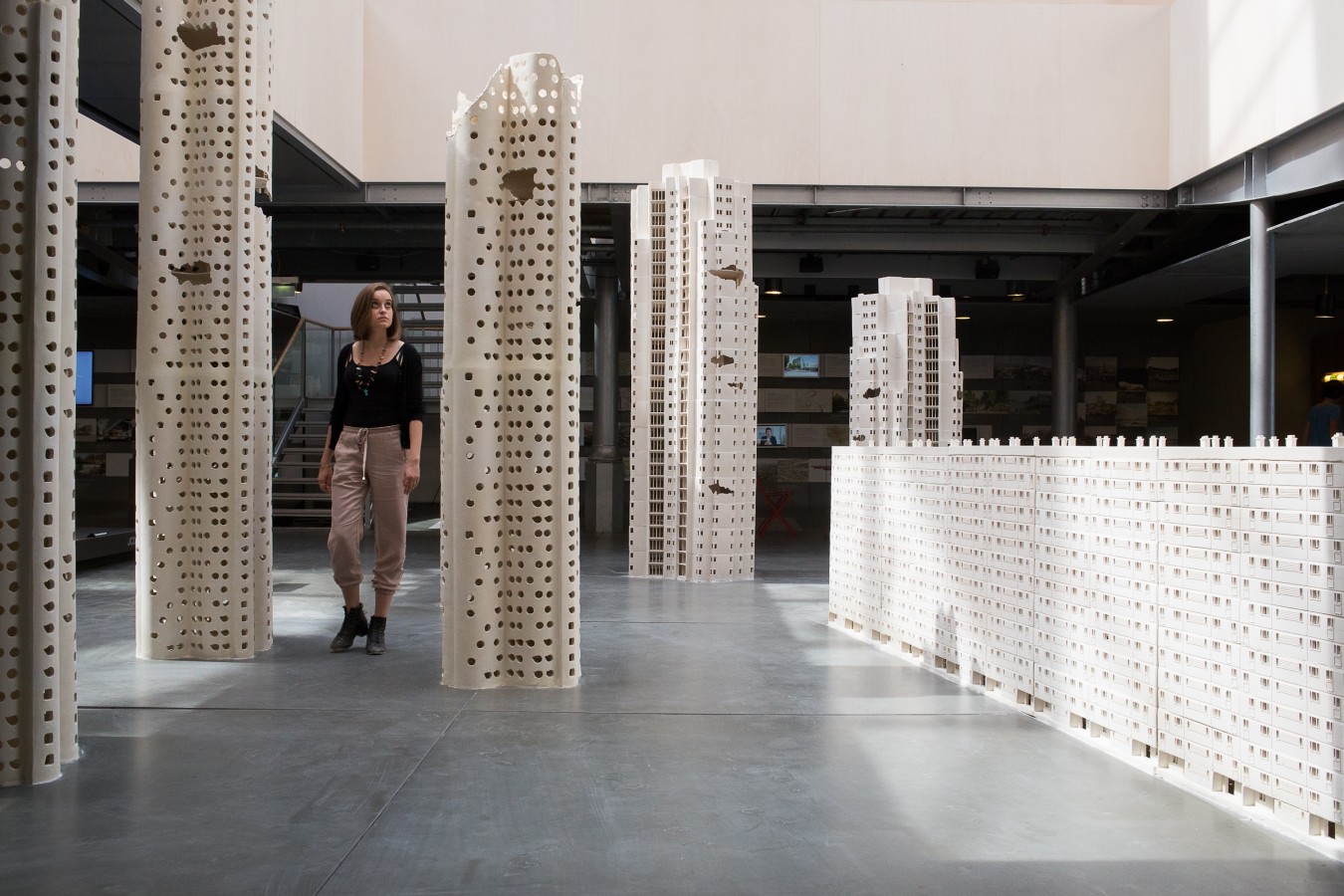This feature requires cookies to be enabled
You can update your settings here
From June 25th, 2014, Pavillon de l'Arsena invites you to discover or to rediscover a modern heritage of Ile-de-France through the evolutionary installation " A Perfect World", realized by the artists Martine Feipel and Jean Bechameil. When modernity is re-interogated during the 14th international biennial event of architecture in Venice, this installation interprets three inhabited monuments of the 20th century to allow everyone to know and comprehend them better.
Around these exceptional" sculptures models " (more than 3m50 at top, 4m at length), every summer Pavillon de l'Arsenal proposes mediation activities, educational workshops and guided tours to share these symbolic architectures to the most extent.. " It is monumentality and idea of progress of this architecture, unique and partially endangering, that interests us to continue to work as visual artists ".
_________________
"A Perfect World" by Julie Crenn (art critique)
Martine Feipel and Jean Bechameil develop a reflection of a physical and perpetual experience of interior and exterior space. Their visuel and conceptuel vocabulary is composed of volume, architecture, relationships of the body, habitat and the inhabitants. The History of a specific space gives birth to their projects where disturbance and the modulation of space nourish a story in multiple categories. “A perfect world” is a sculptural exhibition that finds its origins in an analyze. By Car, along the peripheral road, the artists make the observation of a dream that has come to an end. They see old project buildings with crumbled walls that have darkened. The once vibrant colors are now faded. A little bit of bitterness and curiosity take hold of them. They begin to reach buildings in question. Also the impact of modern architecture implemented since World War 2 until the 1970’s. They study the hand drawn building plans and go to the barely surviving “Grands Ensembles” to learn about their present, past and future conditions.
The building were constructed after World War 2 in order to rehouse the population and bring confort into modern life of the working class. The “Grands Ensembles” mark the urbain landscape by their impressive silhouettes. The towers and the block long buildings offer hundreds of homes and create real “cities” where a collective life is put before them by a designer. Regulated to the outskirts of the city, over the decades, they were discredited and abandoned by the government. This disinterest generates dilapidated buildings accompanied by a feeling of rejection by their inhabitants. There are a number of demolition, reconstruction and rehabilitation programs that have been put in place since the 1900’s. Martine Feipel and Jean Bechameil work from surviving buildings whose appearance and life are dominated by poverty. Real or imagined, the artists look at a particular time, when the building is just about to be demolished, when its been deprived of its glasses, its steel and all its lure. The building is naked and suspended in time. On the one hand, a passerby can imagine that construction work is about to take place and people are about to live there. Or on the other hand that it is the end of the buildings life. At this point, the building reveals a vulnerability and impotence that the artists want to capture. Next, they hold the transitional appearance to show their commitment to the architecture generated between the years 1950 and 1970. They show the utopia that it has conveyed, but they also pose series of questions. For example, political negligence questions the legitimacy and future heritage of social housing in France.
Due to the buildings repetitive architecture and lack of poetry, they are stigmatized as ghettos. It is a place of fear. The thousands of window, degraded hallways and lobbies, the satellite dishes and prominent stature reveals a picture of collective housing that was suddenly tarnished in a generation. The abandonment of buildings inevitably returns at the end of the modernist utopia, the end of a perfect world. Les Grands Ensembles are today unsuited to modern life marked by an individual exacerbated by the need for space and homeownership. The utopia of living together, sharing collective life has gradually faded. The work of Martine and Jean Feipel Bechameil retain their dilapidated silhouettes and their empty carcasses. If the utopia of modern architects is eroded, A Perfect World reflects the persistence and strength of its essence. More broadly, the work embodies the end of a dream. It refers to the failure of our political and social models into a world of crisis where humans are gradually losing their place, their landmarks and their ideals. A Perfect World is nourished by the fear of an uncertain future that seems to elude us in favor of an incurable fever of power.
The architectural skeletons may embody the ruins of our tomorrow.




